Product Description
Designing a balanced scorecard is about the identification of a small number of financial and non-financial measures and attaching targets to them, so that when they are reviewed it is possible to determine whether current performance ‘meets expectations’. The idea behind this is that by alerting managers to areas where performance deviates from expectations, they can be encouraged to focus their attention on these areas, and hopefully as a result trigger improved performance within the part of the organization they lead.
This balanced scorecard template in excel assigns quarterly targets based upon 4 variables.
The design method proposed by Kaplan and Norton was based on the use of three non-financial topic areas as prompts to aid the identification of non-financial measures in addition to one looking at financial. Four “perspectives” were proposed:[8]
- Financial: encourages the identification of a few relevant high-level financial measures. In particular, designers were encouraged to choose measures that helped inform the answer to the question “How do we look to shareholders?”
- Customer: encourages the identification of measures that answer the question “How do customers see us?”
- Internal business processes: encourages the identification of measures that answer the question “What must we excel at?”
- Learning and growth: encourages the identification of measures that answer the question “How can we continue to improve, create value and innovate?”.
These ‘prompt questions’ illustrate that Kaplan and Norton were thinking about the needs of small to medium sized commercial organizations in the USA (the target demographic for the Harvard Business Review) when choosing these topic areas.
The original thinking behind a balanced scorecard was for it to be focused on information relating to the implementation of a strategy, and, perhaps unsurprisingly, over time there has been a blurring of the boundaries between conventional strategic planning and control activities and those required to design a Balanced Scorecard. This is illustrated well by the four steps required to design a balanced scorecard included in Kaplan & Norton’s writing on the subject in the late 1990s:
- Translating the vision into operational goals;
- Communicating the vision and link it to individual performance;
- Business planning; index setting
- Feedback and learning, and adjusting the strategy accordingly.
These steps go far beyond the simple task of identifying a small number of financial and non-financial measures, but illustrate the requirement for whatever design process is used to fit within broader thinking about how the resulting Balanced Scorecard will integrate with the wider business management process. This is also illustrated by books and articles referring to Balanced Scorecards confusing the design process elements and the balanced scorecard itself. In particular, it is common for people to refer to a “strategic linkage model” or “strategy map” as being a balanced scorecard.
Although it helps focus managers’ attention on strategic issues and the management of the implementation of strategy, it is important to remember that the Balanced Scorecard itself has no role in the formation of strategy. In fact, balanced scorecards can comfortably co-exist with strategic planning systems and other tools.
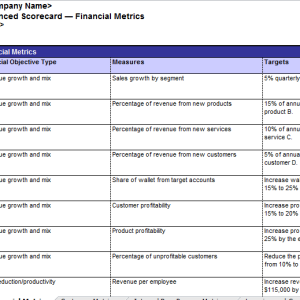
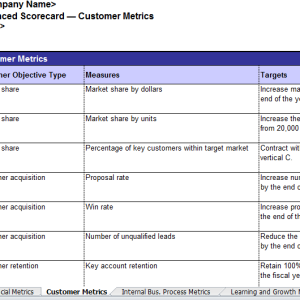
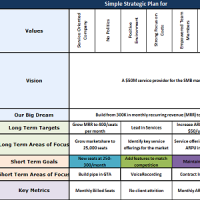
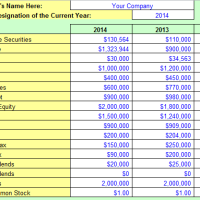
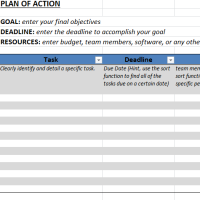
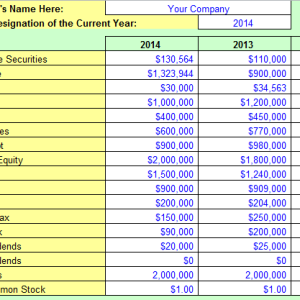 Financial Ratios Calculator in Excel
Financial Ratios Calculator in Excel
Reviews
There are no reviews yet.